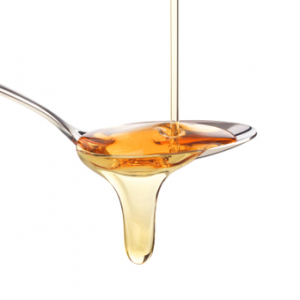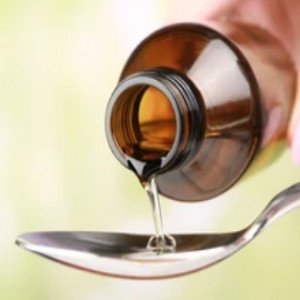 Welcome
Welcome
“May all be happy, may all be healed, may all be at peace and may no one ever suffer."
- A
- B
- C
- D
- E
- F
- G
- H
- I
- J
- K
- L
- M
- N
- O
- P
- Q
- R
- S
- T
- U
- V
- W
- X
- Y
- Z
Oryza 0.15%
Listacare Blue Mint
Orostar Cool Mint
Orostar Original
Alconil
Orostar Plus
Ororinse 0.20%
Listacare Zero (91mg + 42mg +...
Listacare Gold
Biorub 0.20%
Mouthwash - Brands
Here are some general steps to follow when using mouthwash:
- Measure the mouthwash: Pour the recommended amount of mouthwash into a measuring cup. Check the label for the recommended amount.
- Swish the mouthwash: Take a mouthful of the mouthwash and swish it around in your mouth for about 30-60 seconds. Be sure to swish the mouthwash around all areas of your mouth, including your teeth and gums.
- Spit out the mouthwash: Spit the mouthwash out into the sink.
- Do not rinse: Avoid rinsing your mouth with water immediately after using mouthwash as it may reduce its effectiveness. Wait at least 30 minutes before eating, drinking, or rinsing with water.
Here are some important tips to keep in mind:
- Use the mouthwash only as directed by your healthcare provider or as indicated on the label.
- Do not swallow the mouthwash.
- Do not use more than the recommended amount of mouthwash as it may cause adverse effects such as a burning sensation or upset stomach.
- Avoid drinking or eating anything for at least 30 minutes after using the mouthwash.
- Store the mouthwash in a cool, dry place.
Overall, using mouthwash can be an effective way to improve oral hygiene and reduce bad breath. If you have any questions or concerns about using mouthwash, speak with your healthcare provider or pharmacist.
How to use Mouthwash?
Mouthwash, also known as an oral rinse, is a liquid solution used to rinse the mouth and freshen the breath. It is typically used after brushing and flossing to kill bacteria and other microorganisms that can cause bad breath, gum disease, and tooth decay.
Mouthwashes contain a variety of ingredients, including antiseptics, such as chlorhexidine or cetylpyridinium chloride, which kill bacteria and prevent plaque buildup, as well as fluoride, which strengthens tooth enamel and helps prevent cavities. Some mouthwashes also contain essential oils, such as menthol or eucalyptol, which provide a refreshing and soothing sensation.
Mouthwash is generally used by swishing a small amount in the mouth for 30 seconds to one minute, then spit it out. It is important to use mouthwash as directed and not to swallow it, as some mouthwash can be harmful if ingested.
Mouthwash is a useful addition to a daily oral hygiene routine, but it should not be used as a substitute for brushing and flossing. It is important to maintain good oral hygiene habits, including regular dental checkups, to keep the teeth and gums healthy.

Cream

N/A

Bilayer Tablet

Gel

Nebuliser Solution

Capsule (BP)

Mouthwash

Syrup
Mouthwash, How to use Mouthwash, মাউথওয়াশ
To be happy, beautiful, healthy, wealthy, hale and long-lived stay with DM3S.